#norodom bopha devi
Text
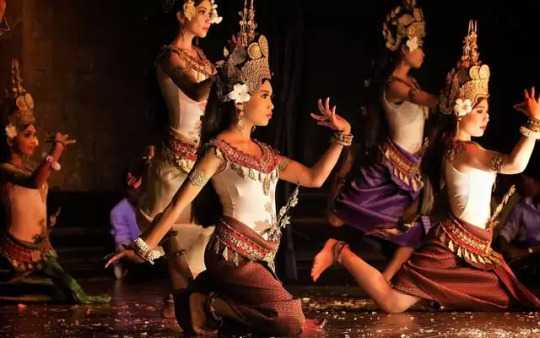
Cambodian Traditional Dances
Traditional dance is a popular art form in Cambodia and so greatly revered that no visit to Cambodia is completed without watching at least one Khmer traditional dance performance. During the Khmer Rouge reign from 1975 to 1979, much of this Cambodian traditional art form was almost wiped out. However, huge efforts have been done to rekindle the ancient art from into new life. Dances in Cambodia are divided into three main genres: Classical Dance for the royal court, Folk Dance portraying cultural traditions and Social Dances performed in social gatherings.
1. Classical Dances.
Khmer classical dance, or locally known as Robam Preah Reach Trop, is a highly stylized performing art form originating from the royal courts. Originally, it was performed and maintained by attendants of the royal palaces, with the purpose of calling upon the gods and spirits, as well as expressing the respect to the royal courts. Later then, Khmer classical dance was popularized to the public in the middle of the 20th century.

Khmer Classical Dance was originated from the royal courts.
It soon became the symbol of Cambodian culture and often performed during special occasions like holidays, public events and for tourists in main tourism hubs. In the performance of classic dance, intricately costumed dancers perform slow and figurative gestures, with the musical accompaniment of a pinpeat ensemble. The classical repertoire includes dances of tribute or invocation and the enactment of traditional stories and epic poems such as the Ramayana. There are more than ten Khmer classical dances but the most performed and known dances are Apsara Dance (Robam Tep Apsara) and Blessing Dance (Robam Choun Por).
Apsara Dance.
The most popular form of classical Cambodian dance is Apsara, stretching back to the 7th century. A walk around the main temples of Angkor gives tourists general ideas about the importance of Apsara Dance in ancient Khmer culture, with the images of apsara dancers carved into the walls and bas reliefs. Its roots were found in both Hindu and Buddhist mythologies, with the concept that Apsaras were beautiful female creatures that visited Earth from heaven to entertain Gods and Kings with their enchanting dance.

Apsara is the most popular form of classical Cambodian dance.
The Khmer King Javayarman VII in the 12th century was said to have over 3000 Apsara dancers in his court. The dance moves in slow, hypnotic, and gentle paces in order to reflect the idea that spirits entrap mortals with their beauty. With more than 1500 exist, hand gestures are the main traits of the dance. Every single movement of the fingers has its own distinct meaning. Some movements even require dancers to bend their fingers almost to their wrists.
Elaborate traditional costumes is the identification of Apsara Dance, and help to mirror the majestic moves of dancers. They wear elegant silk clothes with floral motifs, stunning jeweled headdress, and sparkling accessories like necklaces, earrings, bracelets and anklets. Due to the extreme complexity of this performing art, Khmer girls start training from a very young age to get enough flexibility in their hands and feet to execute intricate movements.
The Apsara Dance was almost wipe out because the Pol Pot-led regime took a massacre included Apsara dancers in Cambodia during the Khmer Rouge period in 1975-1979. Luckily, few surviving dancers kept the tradition remained by passing their knowledge and skills to the younger generations. The most outstanding event marking the new life of Apsara Dance was when Queen Sisowath Kossomak Nearirath Serey Vatthana, the wife of King Norodom Suramarit, visited the Sothearath primary school in 1940s.
She saw the school mistress prepare an inspirational Angkor Apsara dance performed by young school children in the paper apsara costume so she got the idea of rekindling the dance. She trained her first daughter, Princess Bopha Devi, to practice the dance and 5 years old and then princess became the first professional Apsara dancer in the 1950s and 60s. In 2003, Apsara Dance was recognized as the Masterpiece of Oral and Intangible Heritage of Humanity by UNESCO.
Blessing Dance.

Robam Choun Por is performed to wish for good health, happiness, prosperity and success.
Cambodian Blessing Dance, or Robam Choun Por in Khmer language, is traditionally presented at the beginning of a ceremony or special occasion in Cambodia. This dance is performed by a group of young Khmer girls in odd numbers (3 – 5 or 7 persons) to wish for good health, happiness, prosperity and success. The female dancers are well-dressed with Khmer Classical Royal Ballet costumes to symbolize the Devata. Each carries a golden goblet filled with flower blossoms inside, like jasmine, lotus or Romdoul. In Khmer’s perspective, blossoms are represented for the blessings from the Gods. With charming and elegant movements, dancers hold the golden goblets, pluck the blossoms and gently toss them toward the audience with honor and wishful blessing.
2. Folk Dances.
Cambodia Folk Dances play important roles in highlighting various cultural traditions and ethnic groups of Cambodia. As opposed to the classical dances, these folk dances are faster paced movements and gestures are less stylized. Folk dancers wear clothes of the people whom they are play roles, such as Chams, hill tribes, farmers and peasants.
Typically, folk dance performances are accompanied by a mahori orchestra, including stringed and plucked instruments as well as flute. Cambodian folk dances are also regarded as ceremonial dances because they are not performed widely in public. They are inspired by countryside life and practices, and tend to be reserved for the particular rituals, celebrations and holidays among rural communities.
There is a wide variety of Cambodian folk dances with different meanings:
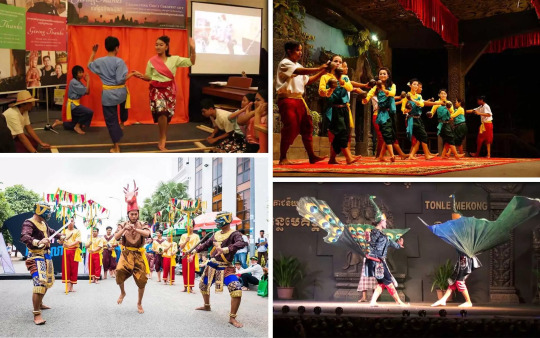
Cambodian Folk Dances highlight various cultural traditions and ethnic groups of Cambodia.
Trot Dance– a popular dance featuring a hunter who is chasing a deer. In ancient times, Khmer villagers got troubles from the wild animals going to their villages. Therefore, this dance was performed to protect them from this bad luck. Trot Dance is performed to ward off evil and bad luck from previous year and celebrate the coming of Khmer New Year.
Sneak Toseay Dance – a dance around animal characters, like tiger, peacock, and deer. The dance originates in Phnum Kravanh District, Pursat Province and depicts the Pear people.
Robam Kom Araek – a dance mainly used two or three bamboo pole which hitting every second. Farmers practice this bamboo dance at the end of a long working day in the fields as a way of entertainment. It is reported that the dance came from Kuy people but it is more believed that the birthplace is Philippines during the reign of King Norodom (1834-1904) when he was traveling in Philippines.
Robam Kngaok Pailin – a dance describing the movement and beauty of the peacock. This dance portrays the Kula people in Pailin and their amusement with a pair of peafowl, but also much influenced by Burmese dance.
Chhayam – a well-known entertainment dance about pleasure, including several comedic roles and beautiful girls. The dance is performed at holidays and is a pure Khmer dance.
Cambodian Coconut Dance – a dance performance involving coconuts with male and female dancers. Men wear a yellow shirt and dark red “Changkibin”. Women wear a button up shirt and a green silk “Changkibin”. The dance originated around 1960 from Romeas Haek District in Svay Rieng Province.
Cambodian Fishing Dance – a dance performance involving fishing that was composed in the 1960’s at the Royal University of Fine Arts in Phnom Penh. It involves male and female dancers.
Social Dances.
At social gatherings in Cambodia, social dances are performed with common types, such as: ramvong, ram kbach and ram saravan.

Ramvong is social dancing form in traditional events, modern parties or celebrations.
Ramvong in Cambodia, Lamvong in Laos or Ramwong in Thailand represent for the popular social dancing form in these Southeast Asia countries. Both men and women can participate in the same circle, continuously move in a circular manner and perform basic hand movements and simple footwork. This slow round dance style can be seen in traditional festivals, popular celebrations and modern parties. In Cambodia, ram vong dance can be found among ethnic groups of the Phnong, Krung, Tampuan and Brao people.
Ram kbach dance is generally similar to ram vong in terms of circle arrangements, as well as hands and legs gestures. But the movements in ram kbach are slower and more gentle.
Besides ramvong and ram kbach, ram saravan dance style are also popular with Khmer people at festival time, when people gather and perform the dance together. Even being thought to traditionally originated from Laos, Khmer people love to perform it at special events like wedding parties, especially at Khmer New Year.
Like people all over the world, Cambodian people consider dancing is an integral part of spiritual life and rites of passage, as well as a popular form of entertainment. Moreover, they also believe that all dance styles – both traditional and modern styles, can help create friendship and happiness among society. If you are interested in exploring Cambodian culture through traditional dances, don’t hesitate to contact Cambodia Travel to plan your customized trip to this lovely country right now!
Cambodian Traditional Dances (cambodiatravel.com)
7 notes
·
View notes
Photo
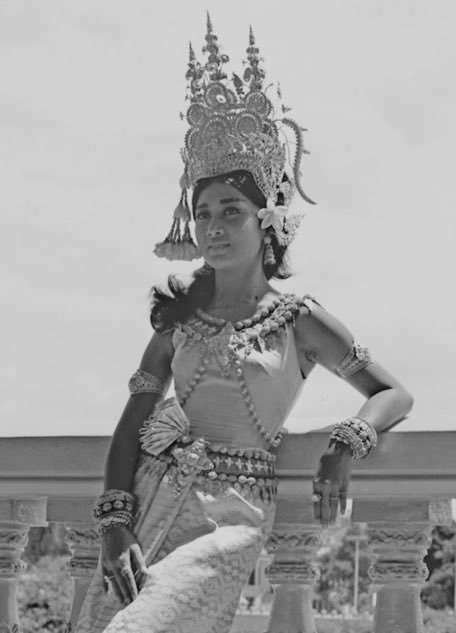
1 note
·
View note
Text
Norodom Buppha Devi Bio, Wiki, Age, Death and Cause, Married, Net Worth, Twitter, Instagram, Fast Facts You Need to Know
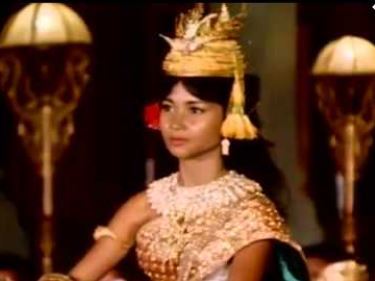
Norodom Buppha Devi Bio
Norodom Buppha Devi was a Cambodian princess and director of the Royal Ballet of Cambodia.
She was the daughter of Norodom Sihanouk and the late Neak Moneang Phat Kanthol, the elder sister of Prince Norodom Ranariddh, and a half-sibling of current King of Cambodia, Norodom Sihamoni.
Norodom Buppha Devi Family Name and Meaning
Buppha Devi comes from Pali words puppha, meaning flower, and devi , meaning goddess. The name is also romanised as "Bopha Devi" or "Bophadevi".
Norodom Buppha DeviBiography
She then toured the world as the principal dancer of the Royal Ballet with Queen Kossamak, performing in public. In the past the ballet had been performed only before royalty to commemorate their dynastic ancestors and to honour the gods.Buppha Devi finished her high school education at Lycée Preah Norodom in Phnom Penh. As a young princess, her grandmother, Queen Sisowath Kossamak, chose her to become a dancer early in her life. At the age of 15, she became the premiere dancer of the Royal Ballet of Cambodia. At the age of 18, she was granted the title of prima ballerina.
Buppha Devi married in 1959 at the age of fifteen, and had five children:
Princess Sisowath Moni Kossoma (born 1960)
Princess Sisowath Kalyan Tevi (born 1961)
Keo Chinsita Forsinetti (born 1965)
Prince Sisowath Chivannariddh (born 1968)
Prince Sisowath Veakchiravuddh (born 1973)
Buppha Devi served as the Minister of Culture and Fine Arts in Cambodia.
Norodom Buppha Devi Death and Cause
Princess Norodom Buppha Devi, the eldest daughter of the late King of Cambodia, Norodom Sihanouk, died at the age of 76.
"Princess Norodom Buppha Devi, a Privy Counsellor to the King and a Member of the Constitutional Council, passed away on Nov. 18, 2019 at 12:30 p.m. due to illness (at a hospital in Thailand)," the Constitutional Council said in a statement.
Buppha Devi was a half-sibling of current King Norodom Sihamoni.
The Constitutional Council of Cambodia, of which he was a member, announced that he died Monday in a hospital in Thailand. The cause of death was not declared.
Buppha Devi learned to dance when he was a small child and became the main dancer of the royal company before the age of 18.
He fled Cambodia in 1975 before taking over Khmer Rouge and returned to the country in 1991 with his father.
From 1999 to 2004 she was Minister of Culture and in 2018 she directed classical dance groups for performances abroad.
Fast Facts You Need to Know
Read the full article
#NorodomBupphaDevi#NorodomBupphaDeviAge#NorodomBupphaDeviBio#NorodomBupphaDeviBiography#NorodomBupphaDeviNetworth#NorodomBupphaDeviWiki#NorodomBupphaDeviWikipedia
0 notes
Text
Princess Norodom Bopha Devi Passes Away
http://dlvr.it/RJbV7Y
0 notes
Text
Công chúa Campuchia – người hồi sinh ballet truyền thống qua đời ở Thái Lan
Công chúa Campuchia – người hồi sinh ballet truyền thống qua đời ở Thái Lan
Công chúa Norodom Bopha Devi, người có công hồi sinh điệu múa Apsara truyền thống đầy mê hoặc của Campuchia, vừa qua đời ở tuổi 76. Công chúa Norodom Bopha Devi khi còn trẻ
Hoàng gia Campuchia ngày 18/11 xác nhận công chúa Norodom Bopha Devi đã qua đời vì tuổi cao sức yếu. Công chúa 76 tuổi trút hơi thở cuối cùng tại một bệnh viện ở Thái Lan, theo Reuters.
Bà là…
View On WordPress
0 notes
Photo
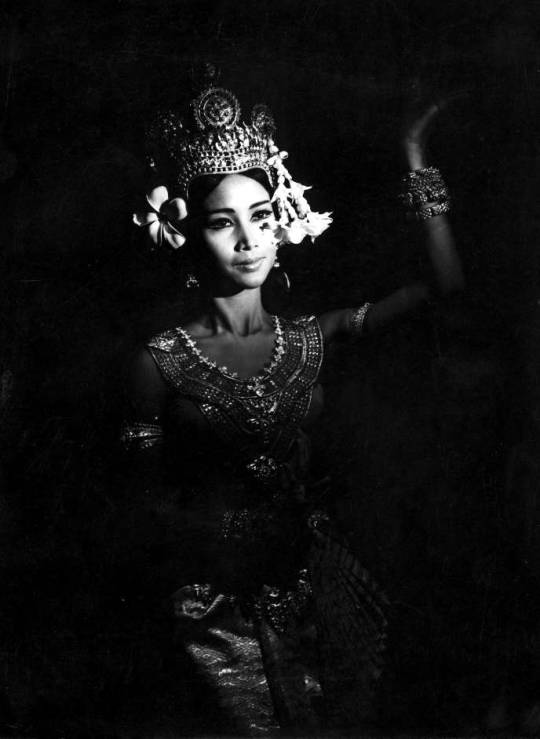
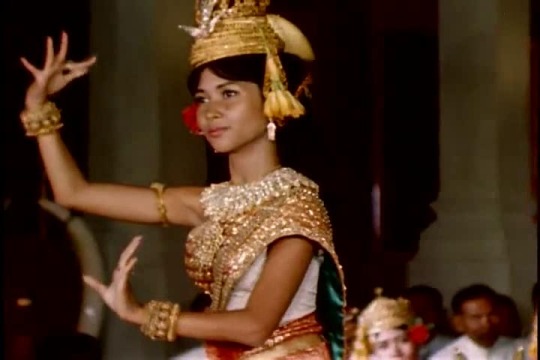

Norodom Buppha Devi (1943 – 2019) was a Cambodian princess, dancer, director of the Royal Ballet of Cambodia,
photo 1 : princesse Norodom Bopha Devi au palais royal à Pnom Penh, en 1965. API / GAMMA
Fille aînée du roi Norodom Sihanouk, elle a consacré sa vie au Ballet royal du Cambodge, cénacle de la danse classique khmère.
A Ceremonial Dance By HRH Princess Norodom Buppha Devi :
youtube
23 notes
·
View notes